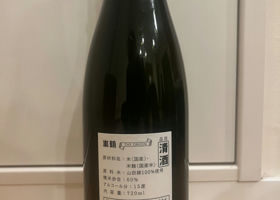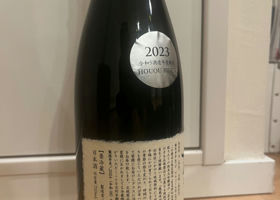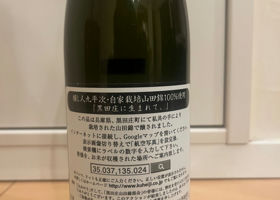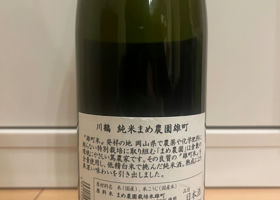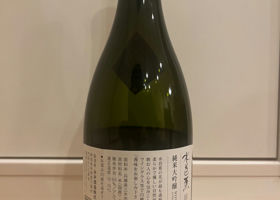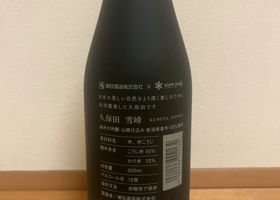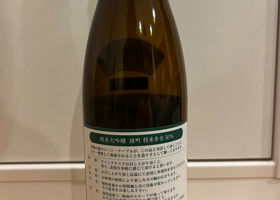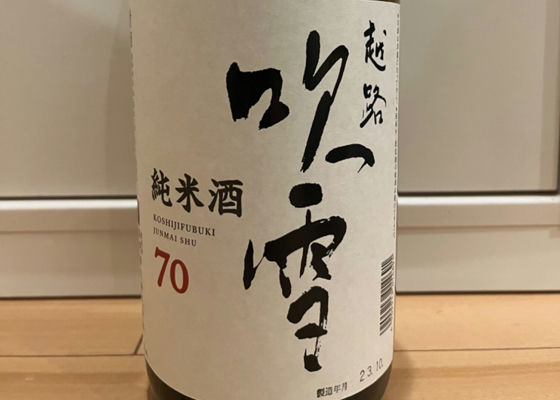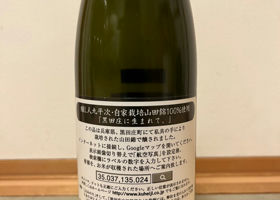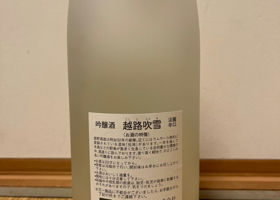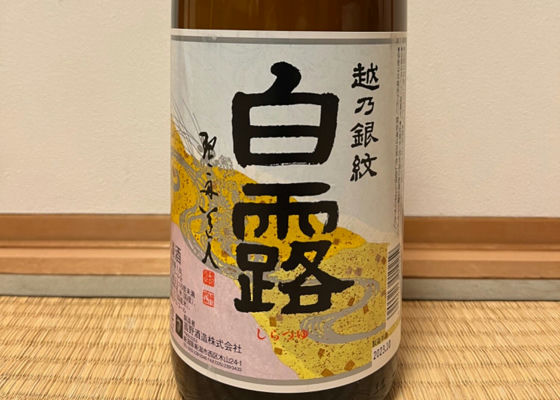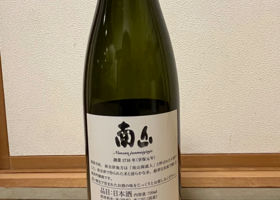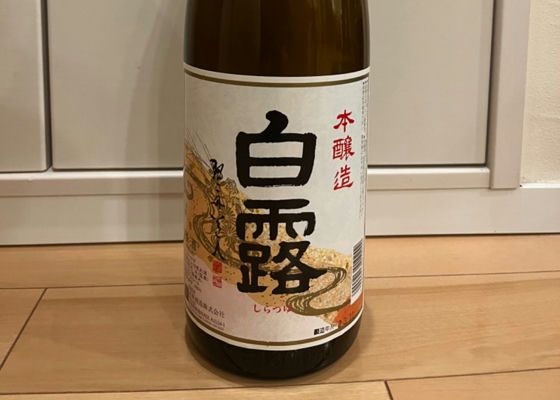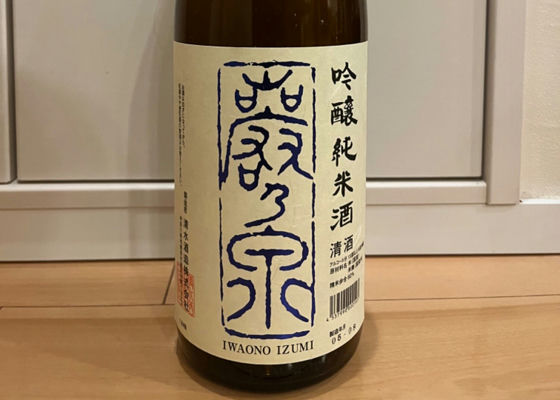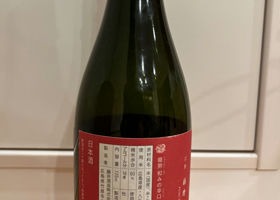
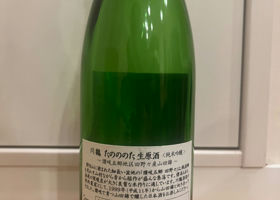
まーくん
It is the most gorgeous taste of a fresh sake in a long time. It is a Sanuki sake, which is not usually drunk, and is made from Yamada-Nishiki grown in Shikoku. It has a slightly fizzy taste in the mouth and a strong rice flavor, which is probably because it is Yamada-Nishiki. As it approached room temperature, the sense of rice increased even more, and I wondered if this was also the power of the rice. It was such a delicious sake that I ended up emptying the 4th bottle on Friday. Thank you very much for the sake. Purchased at the Marunouchi Building.
Japanese>English

